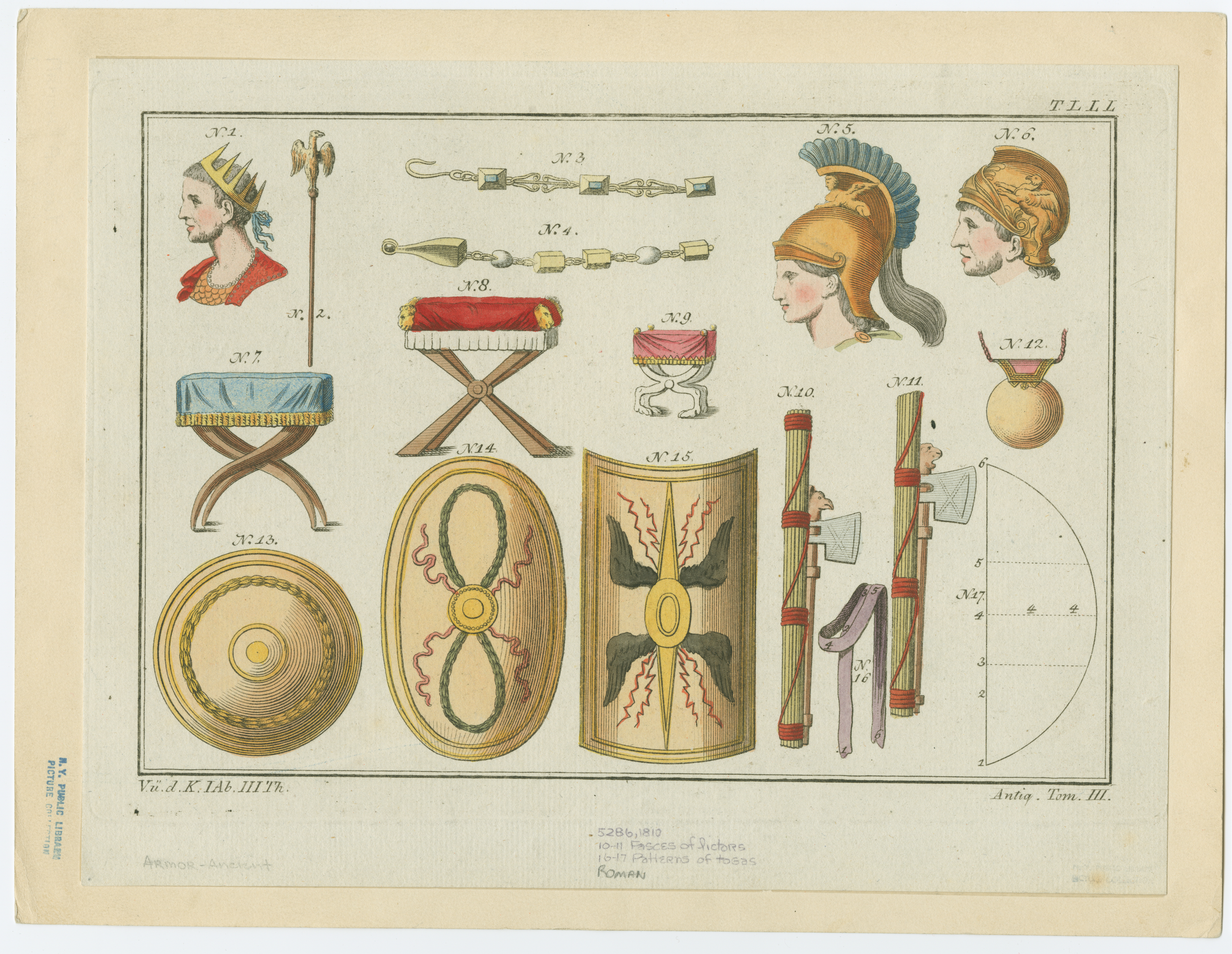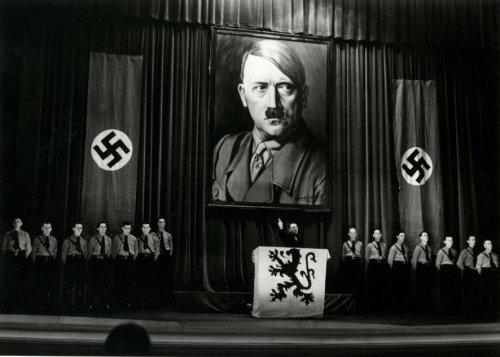|
Purges Of Nazi Collaborators
Purges of Nazi collaborators, sometimes called national cleansing, were widespread trials of people accused of collaborating with the Nazi occupiers in many European countries after World War II. As much as 2–3 percent of the population of Europe was affected by these trials, which were often held under special laws. Most of these trials did not emphasize crimes committed against Jews during the war. Examples include: *Legal purge in Norway after World War II *Épuration légale The (; French for 'legal purge') was the wave of official trials that followed the Liberation of France and the fall of the Vichy regime. The trials were largely conducted from 1944 to 1949, with subsequent legal action continuing for decade ... in France * August trials in Poland * People's courts (Czechoslovakia) in Czechoslovakia * Soviet trials of Nazi collaborators References Further reading * *{{cite book , last1=Konrád , first1=Ota , last2=Barth , first2=Boris , last3=Mrňka , first3=Jarom ... [...More Info...] [...Related Items...] OR: [Wikipedia] [Google] [Baidu] |
Legal Purge In Norway After World War II
The legal purge in Norway after World War II (; ) took place between May 1945 and August 1948 against anyone who was found to have Collaboration with Nazi Germany and Fascist Italy, collaborated with the German occupation of Norway, German occupation of the country. Several thousand Norwegians and foreign citizens were tried and convicted for crimes committed in Scandinavia during World War II. However, the scope, legal basis, and fairness of these trials has since been a matter of some debate. A total of 40 people—including Vidkun Quisling, the self-proclaimed and Nazi-supported Minister President of Norway during the occupation—were executed after Capital punishment in Norway, capital punishment was reinstated in Norway. Thirty-seven of those executed were executed under Norwegian law, while the other three were executed under Allied military law. Background The Operation Weserübung, German invasion of Norway during World War II created a number of constitutional issues, ... [...More Info...] [...Related Items...] OR: [Wikipedia] [Google] [Baidu] |
Épuration Légale
The (; French for 'legal purge') was the wave of official trials that followed the Liberation of France and the fall of the Vichy regime. The trials were largely conducted from 1944 to 1949, with subsequent legal action continuing for decades afterward. Unlike the Nuremberg trials, the was conducted as a domestic French affair. Approximately 300,000 cases were investigated, reaching into the highest levels of the collaborationist Vichy government. More than half were closed without indictment. From 1944 to 1951, official courts in France sentenced 6,763 people to death (3,910 ) for treason and other offenses. Only 791 executions were carried out, including those of Pierre Laval, Joseph Darnand, and the journalist Robert Brasillach; far more common was ('national degradation') – a loss of citizenship privileges meted out to 49,723 people. Immediately following Liberation France was swept by a wave of executions, public humiliations, assaults and detentions of suspect ... [...More Info...] [...Related Items...] OR: [Wikipedia] [Google] [Baidu] |
August Trials
August is the eighth month of the year in the Julian and Gregorian calendars. Its length is 31 days. In the Southern Hemisphere, August is the seasonal equivalent of February in the Northern Hemisphere. In the Northern Hemisphere, August falls in summer. In the Southern Hemisphere, the month falls during winter. In many European countries, August is the holiday month for most workers. Numerous religious holidays occurred during August in ancient Rome. Certain meteor showers take place in August. The Kappa Cygnids occur in August, with yearly dates varying. The Alpha Capricornids meteor shower occurs as early as July 10 and ends around August 10. The Southern Delta Aquariids occur from mid-July to mid-August, with the peak usually around July 28–29. The Perseids, a major meteor shower, typically takes place between July 17 and August 24, with the peak days varying yearly. The star cluster of Messier 30 is best observed around August. Among the aborigines of the Canary Is ... [...More Info...] [...Related Items...] OR: [Wikipedia] [Google] [Baidu] |
People's Courts (Czechoslovakia)
People's, branded as ''People's ViennaLine'' until May 2018, and legally ''Altenrhein Luftfahrt GmbH'', is an Austro-Swiss airline headquartered in Vienna, Austria. It operates scheduled and charter passenger flights mainly from its base at St. Gallen-Altenrhein Airport in Switzerland. History Founded as People's Viennaline in 2010, the first revenue flight of the company took place on 27 March 2011. For several years, People's only operated a single scheduled route between its St. Gallen and Vienna. However, the route network has since been expanded with some seasonal and charter services. In November 2016, People's inaugurated the world's shortest international jet route (and, after St. Maarten-Anguilla, second shortest international route overall). The flight from St. Gallen-Altenrhein Airport, Switzerland, to Friedrichshafen Airport, Germany, took only eight minutes of flight over Lake Constance and could have been booked individually. The airline faced severe criticism f ... [...More Info...] [...Related Items...] OR: [Wikipedia] [Google] [Baidu] |
Soviet Trials Of Nazi Collaborators
The Union of Soviet Socialist Republics. (USSR), commonly known as the Soviet Union, was a transcontinental country that spanned much of Eurasia from 1922 until it dissolved in 1991. During its existence, it was the largest country by area, extending across eleven time zones and sharing borders with twelve countries, and the third-most populous country. An overall successor to the Russian Empire, it was nominally organized as a federal union of national republics, the largest and most populous of which was the Russian SFSR. In practice, its government and economy were highly centralized. As a one-party state governed by the Communist Party of the Soviet Union (CPSU), it was a flagship communist state. Its capital and largest city was Moscow. The Soviet Union's roots lay in the October Revolution of 1917. The new government, led by Vladimir Lenin, established the Russian SFSR, the world's first constitutionally communist state. The revolution was not accepted by all wi ... [...More Info...] [...Related Items...] OR: [Wikipedia] [Google] [Baidu] |
Aftermath Of World War II
The aftermath of World War II saw the rise of two global superpowers, the United States (U.S.) and the Soviet Union (U.S.S.R.). The aftermath of World War II was also defined by the rising threat of nuclear warfare, the creation and implementation of the United Nations as an intergovernmental organization, and the decolonization of Asia, Oceania, South America and Africa by European and East Asian powers, most notably by the United Kingdom, French Fourth Republic, France, and Occupation of Japan, Japan. Once Allies of World War II, allies during World War II, the U.S. and the U.S.S.R. became competitors on the world stage and engaged in the Cold War, so called because it never resulted in overt, declared total war between the two powers. It was instead characterized by espionage, political subversion and proxy wars. Western Europe was rebuilt through the American Marshall Plan, whereas Central and Eastern Europe fell under the Soviet sphere of influence and eventually behind an " ... [...More Info...] [...Related Items...] OR: [Wikipedia] [Google] [Baidu] |
Anti-fascism
Anti-fascism is a political movement in opposition to fascist ideologies, groups and individuals. Beginning in European countries in the 1920s, it was at its most significant shortly before and during World War II, where the Axis powers were opposed by many countries forming the Allies of World War II and dozens of resistance movements worldwide. Anti-fascism has been an element of movements across the political spectrum and holding many different political positions such as anarchism, communism, pacifism, republicanism, social democracy, socialism and syndicalism as well as centrist, conservative, liberal and nationalist viewpoints. Fascism, a far-right ultra-nationalistic ideology best known for its use by the Italian Fascists and the German Nazis, became prominent beginning in the 1910s. Organization against fascism began around 1920. Fascism became the state ideology of Italy in 1922 and of Germany in 1933, spurring a large increase in anti-fascist action, including ... [...More Info...] [...Related Items...] OR: [Wikipedia] [Google] [Baidu] |
Collaboration With Nazi Germany
In World War II, many governments, organizations and individuals collaborated with the Axis powers, "out of conviction, desperation, or under coercion". Nationalists sometimes welcomed German or Italian troops they believed would liberate their countries from colonization. The Danish, Belgian and Vichy French governments attempted to appease and bargain with the invaders in hopes of mitigating harm to their citizens and economies. Some countries' leaders such as Henrik Werth of Axis member Hungary, cooperated with Italy and Germany because they wanted to regain territories lost during and after World War I, or which their nationalist citizens simply coveted. Others such as France already had their own burgeoning fascist movements and/or antisemitic sentiment, which the invaders validated and empowered. Individuals such as Hendrik Seyffardt in the Netherlands and Theodoros Pangalos in Greece saw collaboration as a path to personal power in the politics of their country. Other ... [...More Info...] [...Related Items...] OR: [Wikipedia] [Google] [Baidu] |





